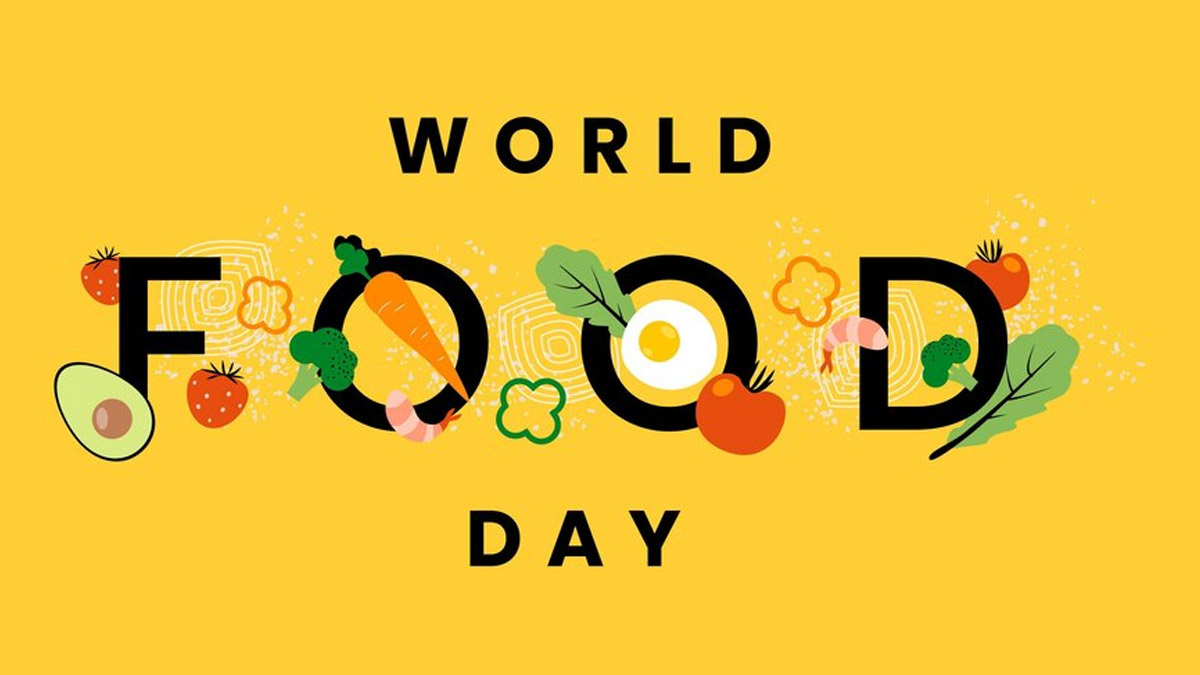
A food allergy is a condition where specific foods trigger an abnormal immune response within the body. This article provides an in-depth exploration of food allergies, their types, symptoms, and treatment options. We'll also discuss common food allergies and the importance of consulting a medical professional.
Speaking with the editorial team of Onlymyhealth, Dr Alap Christy, MD, Associate Vice President and Head of Clinical Chemistry at Metropolis Healthcare Limited explains the role of food allergy testing when it comes to managing the symptoms of food allergies. Here is what he shared with us.
What is a Food Allergy?
"A food allergy occurs when the immune system wrongly identifies certain proteins in food as harmful, leading to a cascade of protective measures, including the release of inflammatory chemicals like histamine. Even minimal exposure to the problematic food can trigger an allergic reaction, which varies in severity," Dr Christy explained.
Food Allergy Symptoms
According to Dr Christy, the symptoms of a food allergy can manifest minutes to hours after exposure and may include:
- Swelling of the tongue, mouth, or face
- Difficulty breathing
- Low blood pressure
- Vomiting
- Diarrhoea
- Hives
- Itchy rash
In severe cases, food allergies can lead to anaphylaxis, characterised by rapid-onset symptoms such as itchy rash, throat or tongue swelling, shortness of breath, and low blood pressure. Anaphylaxis can be life-threatening.
Also Read: Are You Taking Care of Your Spine? 7 Essential Tips to Follow on World Spine Day 2023
Distinguishing Food Allergies from Intolerances
It's essential to differentiate between food allergies and intolerances. While both can significantly impact one's life, only food allergies involve the immune system and pose life-threatening risks.

Types of Food Allergies
Food allergies are categorised into two main types:
1. Immunoglobulin E (IgE) Mediated
"This type involves the production of IgE antibodies that react with specific foods, often leading to an allergic reaction within hours. Symptoms can range from mild to severe, including anaphylaxis," Dr Christy shares.
2. Non-IgE Mediated
"In non-IgE food allergies, IgE antibodies are not produced, but other immune components respond to the perceived threat. Symptoms can include skin or digestive issues, appearing up to three days after consuming the allergenic food," Dr Christy added.
Common Food Allergies
Eight common food allergies include:
- Cow Milk
- Eggs
- Tree Nuts
- Peanuts
- Shellfish
- Wheat
- Soy
- Fish
These allergies vary in their triggers and treatments, but all involve strict avoidance of the problematic food.

Also Read: Are You Taking Care of Your Spine? 7 Essential Tips to Follow on World Spine Day 2023
Less Common Food Allergies
Less common food allergies may cause diverse symptoms, from mild oral itching to severe anaphylaxis. Examples include linseed, sesame seed, peach, banana, avocado, kiwi fruit, passion fruit, celery, garlic, mustard seeds, and chamomile.
Diagnosis and Seeking Medical Advice
Distinguishing between food allergies and intolerances can be challenging. If you suspect you have a food allergy, it is crucial to consult with a doctor for a comprehensive evaluation. Diagnostic tests may be recommended, Diagnostic tests include Specific IgE testing, Skin prick tests, oral food challenges and detailed history. While conventional tests like oral food challenges are becoming less popular these days due to their possible side effects, Specific IgE testing in blood is quite effective due to their simplicity and high sensitivity to detect even the mild sensitization towards the food. Some experts also do skin prick tests, however they do not provide quantitative results and hence are not useful when it comes to monitoring treatment. There is another new test called CRD (component resolved diagnosis) which gives the allergy diagnosis at molecular level and provides great insights on food avoidance and treatment to a great extent.
Managing Food Allergies
The preferred approach to treat the allergy is to avoid the food completely. However, in the era of packaged food, it becomes difficult to avoid certain foods which are made in the same plant and hence risk of anaphylaxis always remains. While there is treatment available for emergency conditions, thanks to science, even those who have not developed immunotherapy to treat the allergy can be addressed. Here, the allergen is injected in very small quantities and immunises the body against the allergen. It is often called allergy vaccine as well. With the advent of CRD tests, success of immunotherapy can also be measured.
Final Word
Understanding food allergies is crucial, as they can lead to life-threatening situations. Differentiating allergies from intolerances, recognising common allergens, and consulting a medical professional for accurate diagnosis are key steps in managing food allergies. Strict avoidance of allergenic foods and carrying necessary medications can help prevent severe allergic reactions. If you suspect a food allergy, don't hesitate to seek professional guidance.







